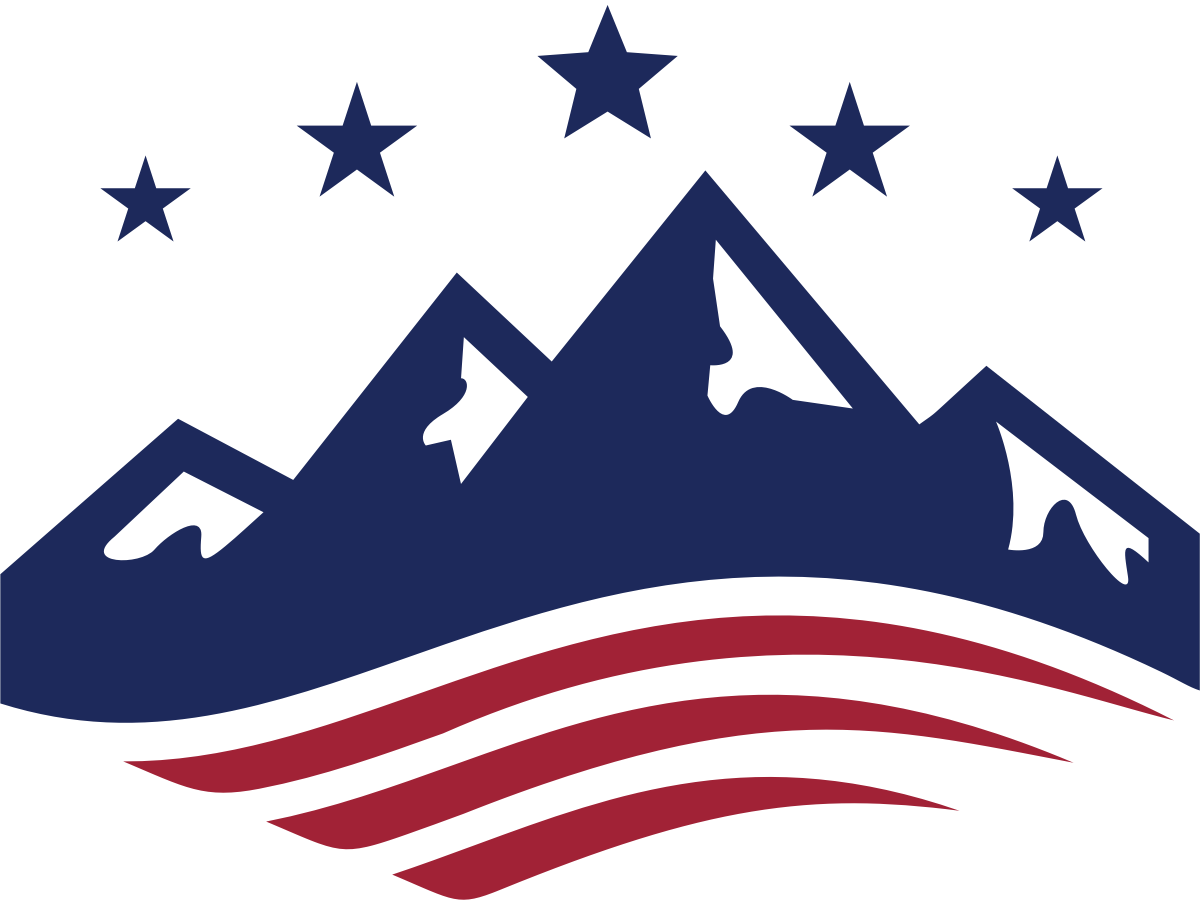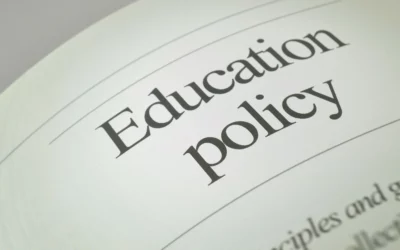
Written by William C. Duncan
April 17, 2024

One of the more novel (and controversial) religious cases now pending involves a challenge to a decision by Oklahoma’s Charter School Board to allow a charter school that would be operated by the Catholic Archdiocese of Oklahoma City.
The ACLU has sued in state court to challenge the decision, arguing that the state constitution prohibits religious control of public schools or public funding of religious teaching. Defenders of the school argue that the ACLU’s position would allow the state to discriminate against religious schools by making them ineligible for government benefits available to other education providers.
Direct public funding of religious curriculum is rare. Some states, like Utah, specifically prohibit the practice. That makes the Oklahoma case unusual.
It is not unusual, though, for courts and commentators to suggest that there is a tension between constitutional protection for the free exercise of religion and the constitutional prohibition on the establishment of religion. A Wisconsin case discussed here recently makes this argument. The Wisconsin Supreme Court asserted: “The Religion Clauses are inherently in tension with each other.”
Such an assertion is deeply troubling. Why would the Framers of the Constitution couple two contradictory propositions, making the resolution of religious disputes difficult and unpredictable?
Indeed, it is a rule of statutory construction (how legal provisions are to be understood and applied) that “[t]he provisions of a text should be interpreted in a way that renders them compatible, not contradictory.” That way, a judge will not have to flip a coin or pick a favorite in applying a law.
So, is there a way to read the free exercise and establishment clauses as congruent and integrated rather than in tension?
Constitutional law scholar Michael Stokes Paulsen suggests a way of understanding the religious clauses that integrates them:
The First Amendment protects freedom for religion—its free exercise by religious persons and groups; the freedom and autonomy of religious groups to make their own institutional judgments concerning doctrine, practice, membership, leadership, and governance; and the correlative freedom not to be compelled by government to observe or exercise any religious belief other than one freely chosen by the religious individual or group.
In this approach, protecting against an establishment of religion also protects free exercise and vice versa.
How does this work in practice?
Take a 2019 U.S. Supreme Court decision in which Catholic schools were sued for firing employees whose responsibilities included teaching religion. Such a dispute could be understood as pitting the right of a religious organization to choose its messengers against the state’s desire to impose its own discrimination policy. The court’s decision not to interfere with the schools’ hiring decision did protect the schools’ practice, but it also had the effect of preventing the government from micromanaging religious institutions – a critical value meant to be advanced by the establishment clause.
Another example is a 2016 case in which the federal government prosecuted an Apache religious leader for possession of eagle feathers, which he used for religious ceremonies. The government and the leader’s attorneys were able to work out a settlement that allowed Native American faith leaders to use eagle feathers. The free exercise benefit of that agreement is obvious, but the settlement also prevents the government from having to decide what eagle feather uses are appropriately religious as well.
For a final example, consider perhaps the iconic controversy that influenced the establishment clause – Virginia’s designation of the Episcopal Church as the state’s official religion, with the consequence that tax money was used to directly support the church and attendance at services was compulsory. The end to this practice not only removed an official designation but allowed people of other faiths to practice their own religions, in terms of choosing what services they would attend and which denominations they would support.
Integrating the two religious clauses, of course, does not mean that every religious controversy will be easily resolved, but it can reassure judges that they need not be overly concerned that merely protecting religious practice from government interference will result in inappropriately favoring religion in a way the Constitution forbids.

Insights: analysis, research, and informed commentary from Sutherland experts. For elected officials and public policy professionals.

- Some courts and commentators say there is an inherent tension between the First Amendment’s clauses prohibiting an establishment of religion and protecting the free exercise of religion.
- A better take is to see the clauses as congruent, with each protecting religion and people of faith, though from different threats.
- In most cases, protecting religious practice or preventing establishment will protect against both types of threats.
Read More
Education policy to consider during the 2024 election season
Here’s a look at what each presidential candidate is likely to focus on in education, given their track records and campaign platforms.
Ignoring the text of the Constitution is a mistake
A written Constitution is entirely superfluous if the document is simply meant to give the people what they want.
What you need to know about election integrity
It should be easy to vote and hard to cheat. This oft-quoted phrase has been articulated as a guiding principle by many elected officials wading into voting and election policy debates in recent years. So why has this issue been so contentious, and what’s the solution?


